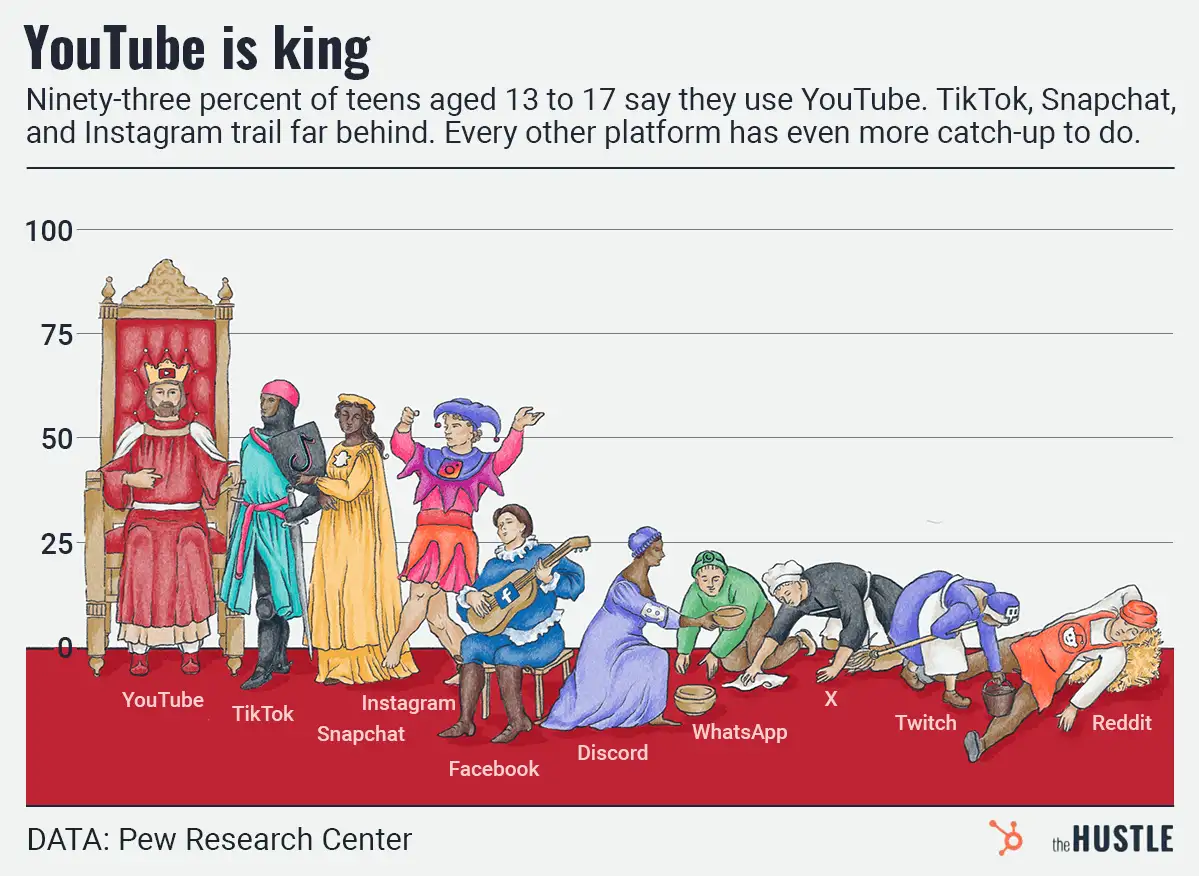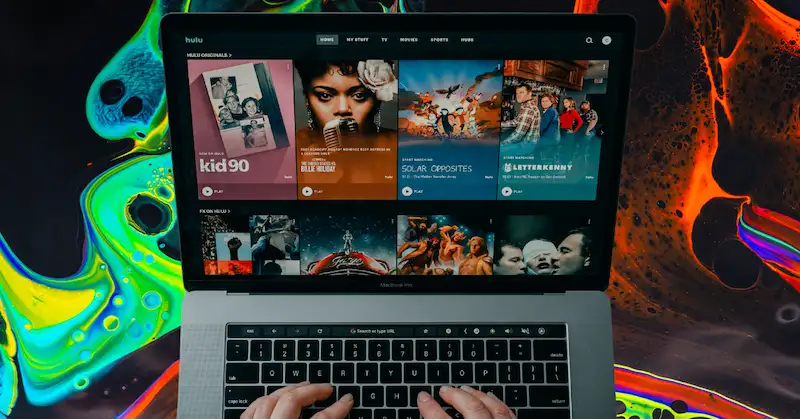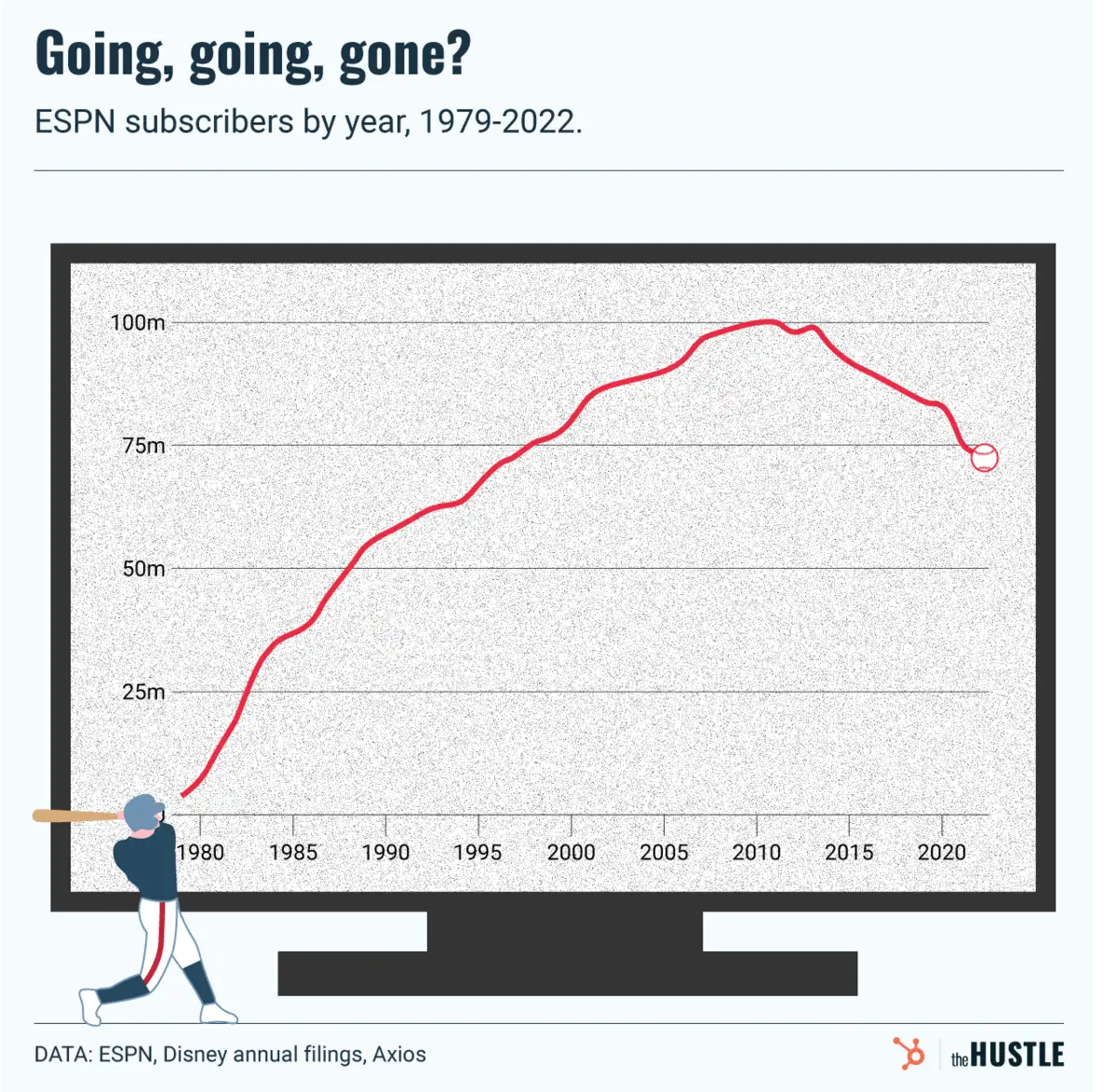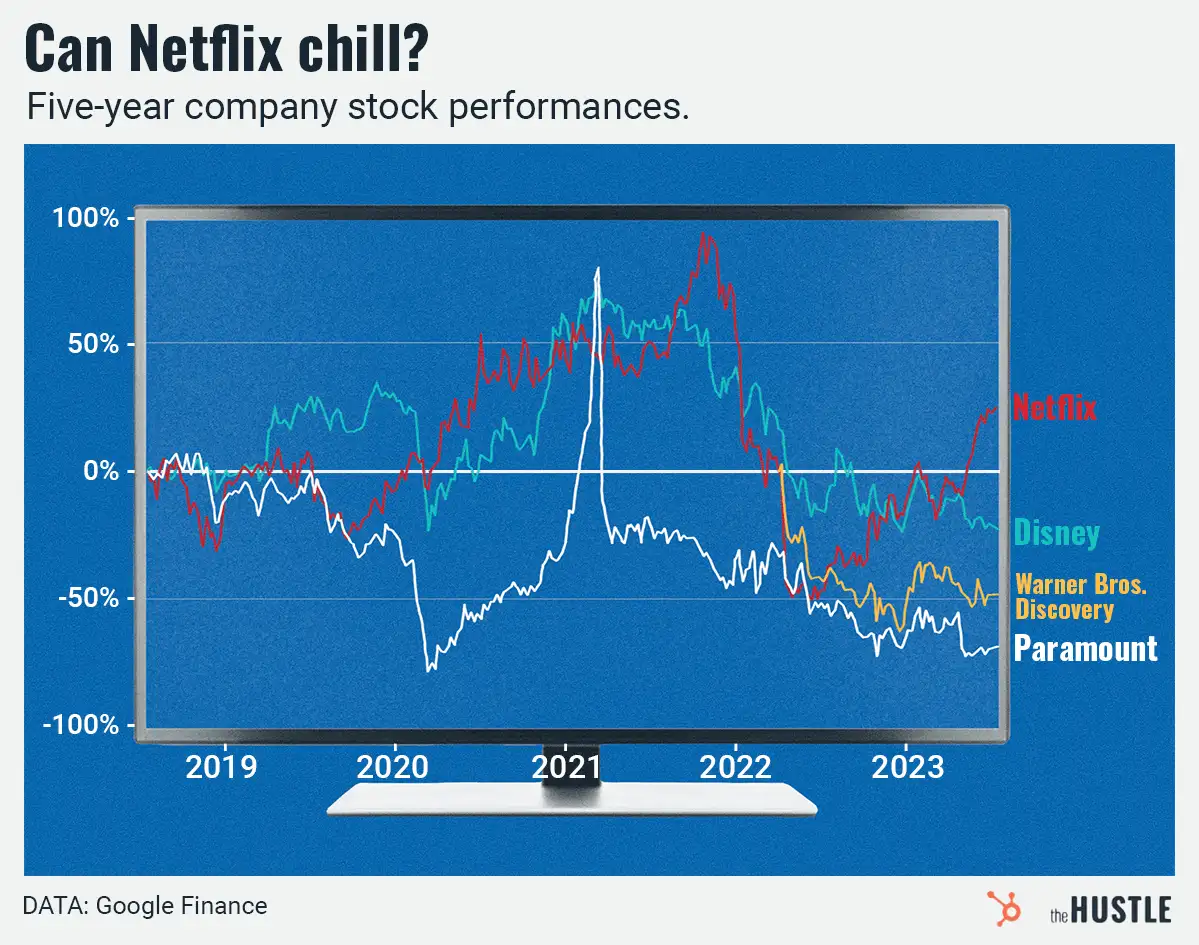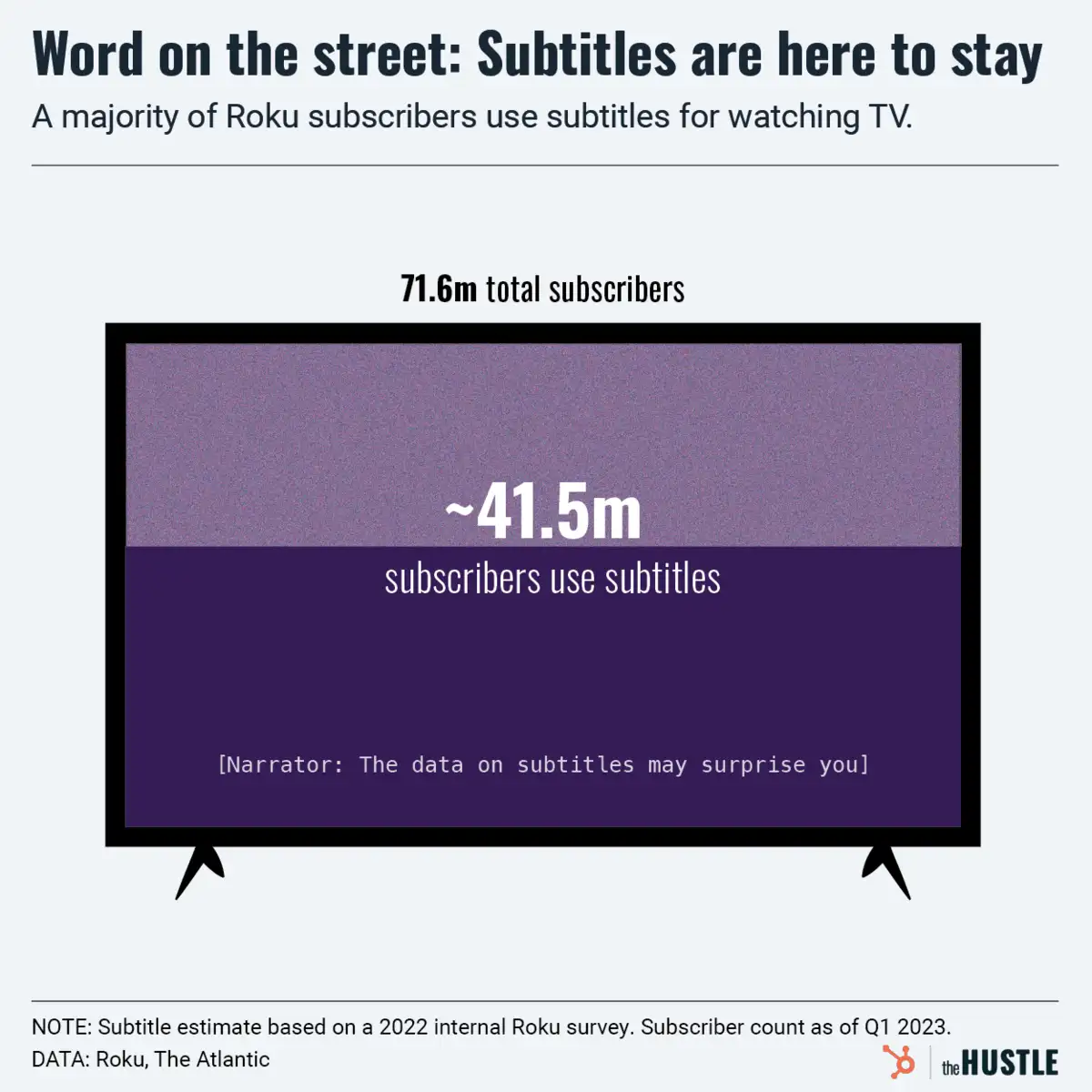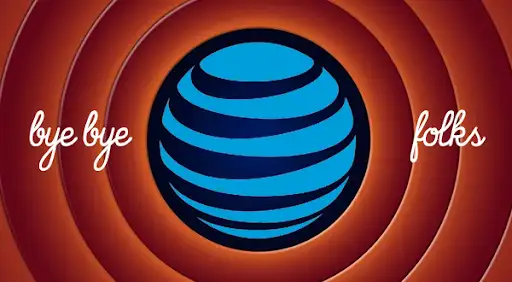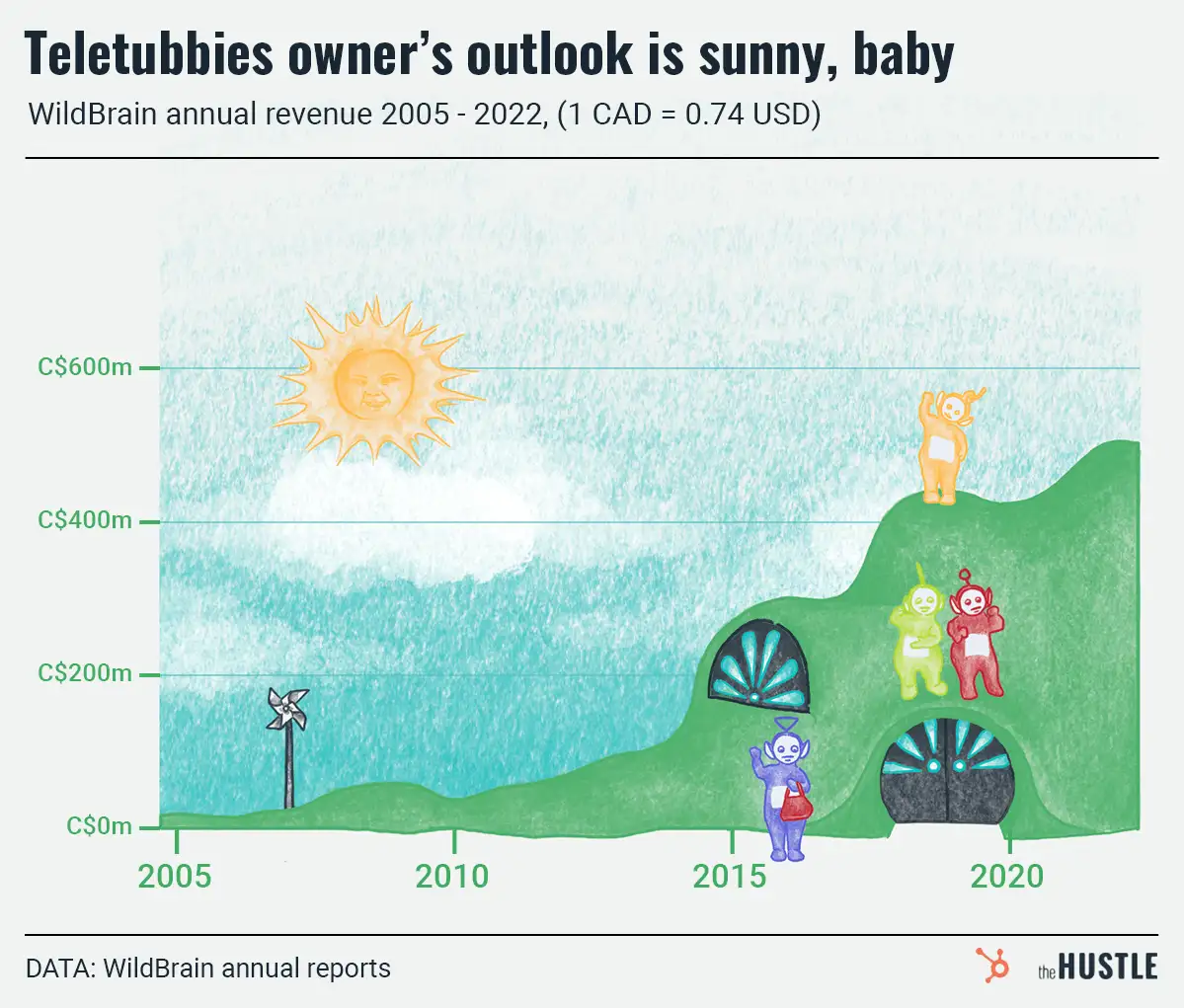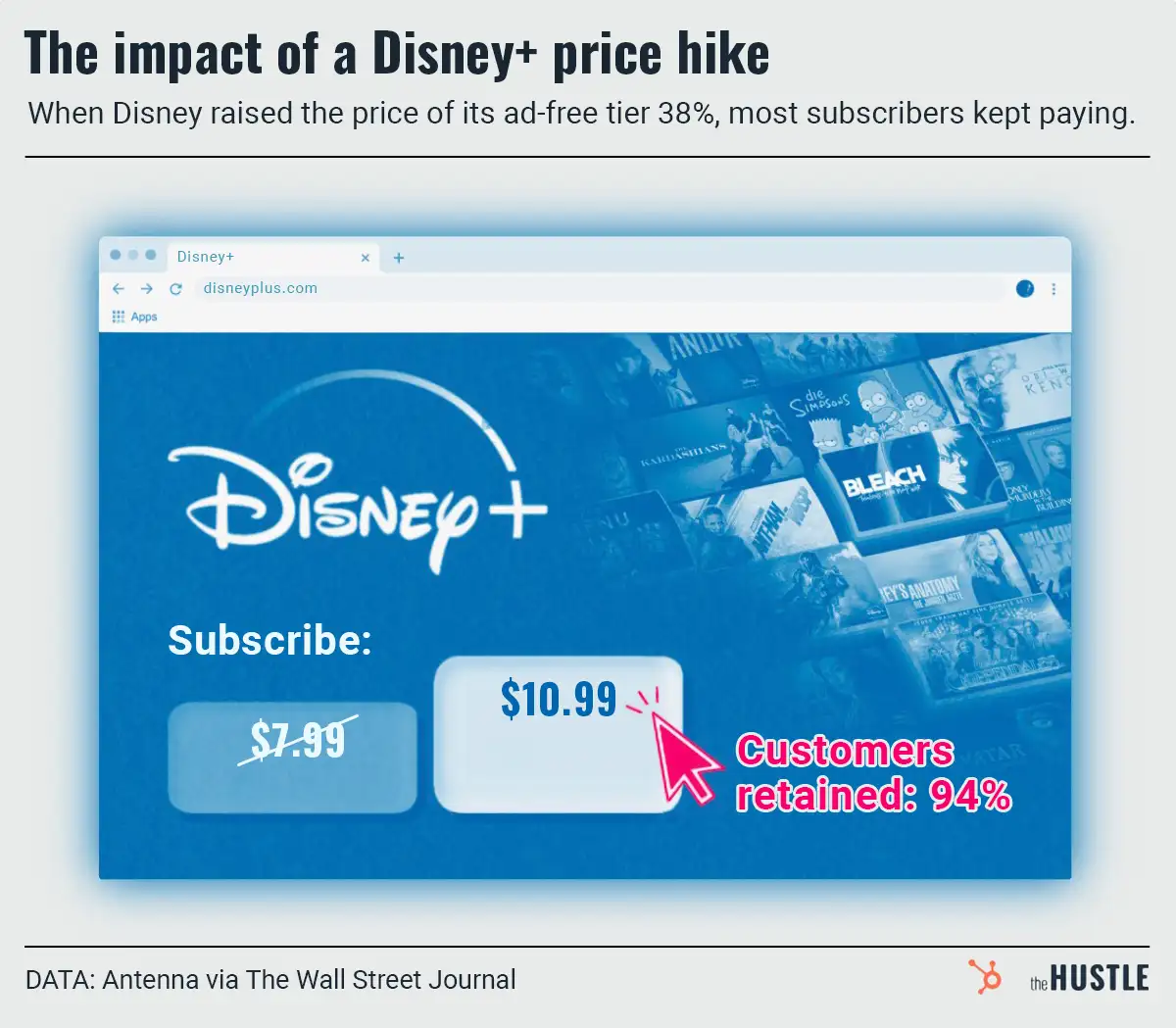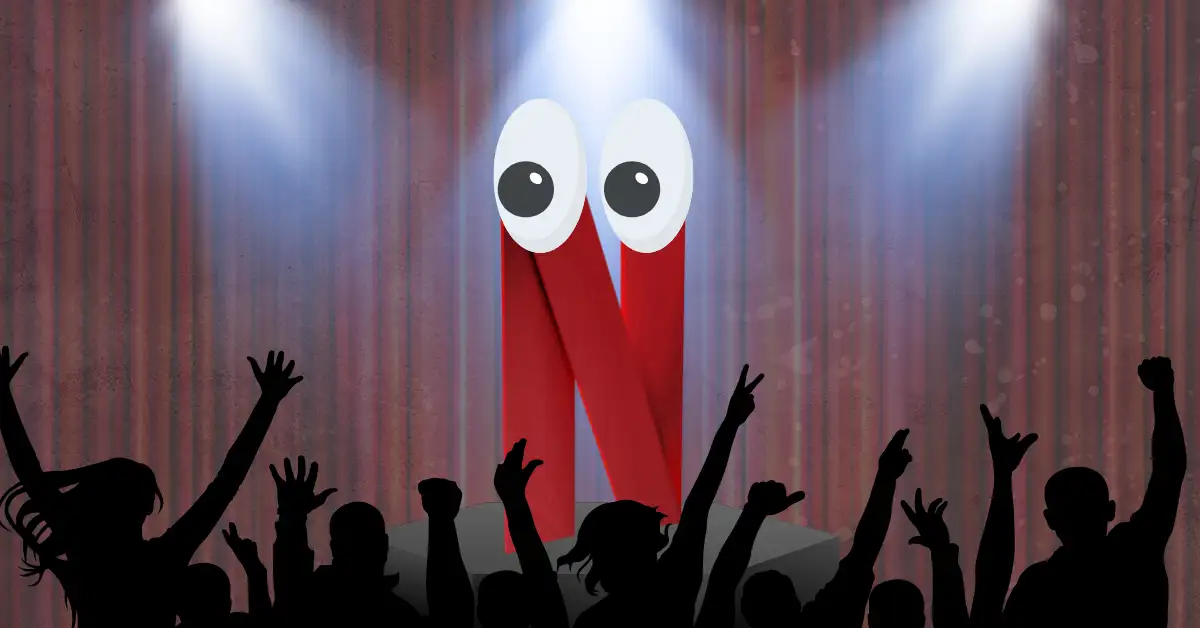Lofi Girl streams the chillest beats, but some very unchill YouTube drama exposed an ongoing copyright issue on the platform.

Lofi Girl is a 24/7 music stream specializing in lo-fi hip-hop beats. The channel and its eponymous character — a girl studying with her cat — has grown to 10.9m subscribers.
Then, she disappeared.
Earlier this month, YouTube removed Lofi Girl after receiving what turned out to be a bogus copyright report. YouTube later acknowledged the takedown claim was “abusive” and reinstated the channel.
But what’s an ‘abusive’ claim?
YouTube has three ways to deal with copyright infringement:
- Content ID, an automated system that supports big businesses with exclusive rights to media (e.g., music labels, movie studios)
- Copyright Match Tool, which creators can use to automatically identify potential matches of their videos
- A public web form, which anyone can use to submit a claim
Per YouTube, YouTube’s Content ID system was responsible for over 99% of all copyright actions taken in the first half of 2021, less than 1% of which were disputed.
But some bad actors use the public web form to file bogus copyright claims to extort or harass artists.
- YouTube says the potential for web form abuse is a whopping 30x higher than its other tools.
For artists who lack Lofi Girl’s huge following, disputing a bunch of bogus claims can really suck.
What can be done?
James Grimmelmann, a law professor at Cornell University, told NPR that Congress would likely have to change copyright laws, as current ones incentivize removing content versus carefully vetting each claim.
For now, YouTube encourages uploaders who feel they’ve been wrongfully dinged to file a dispute.



